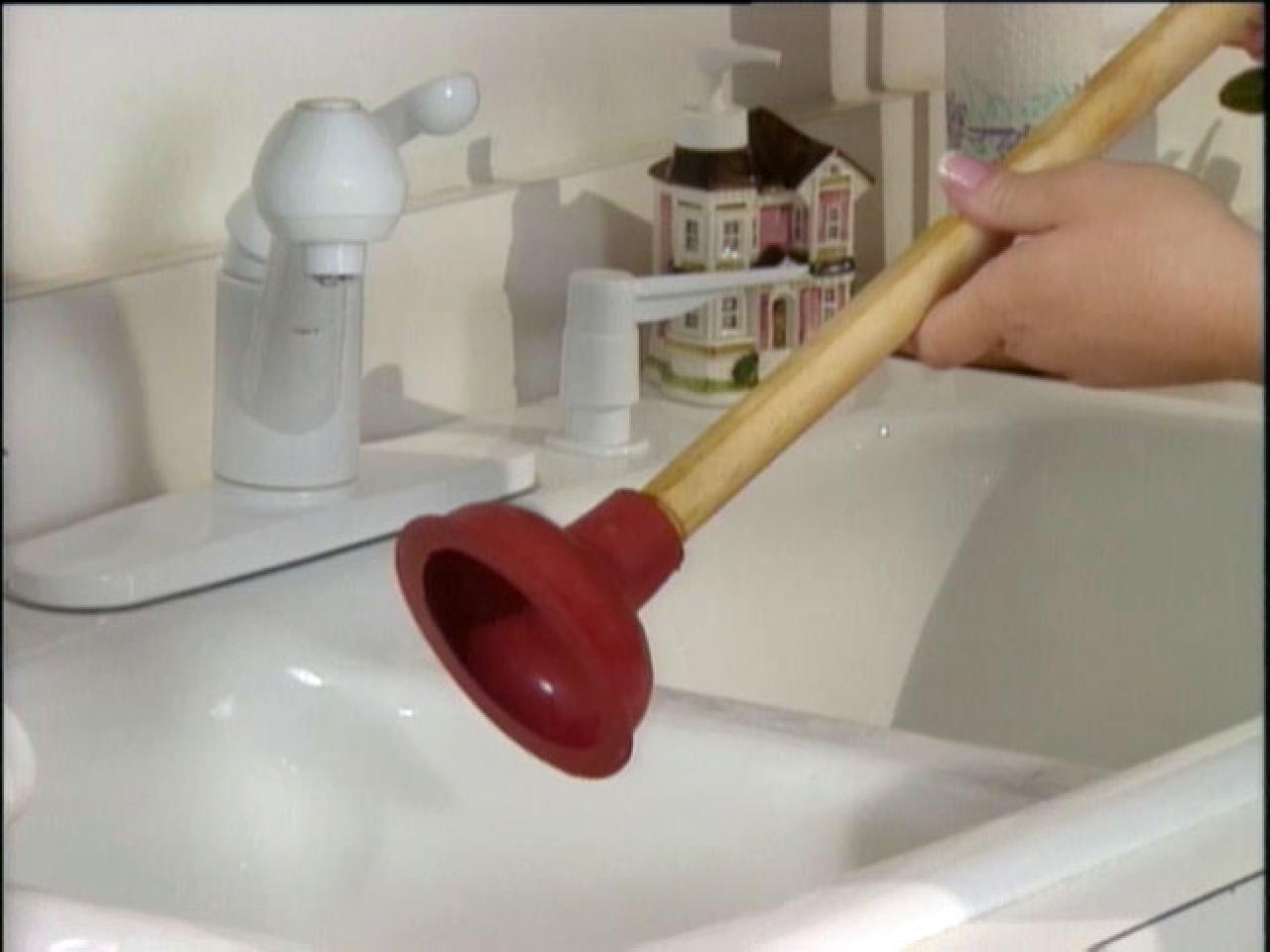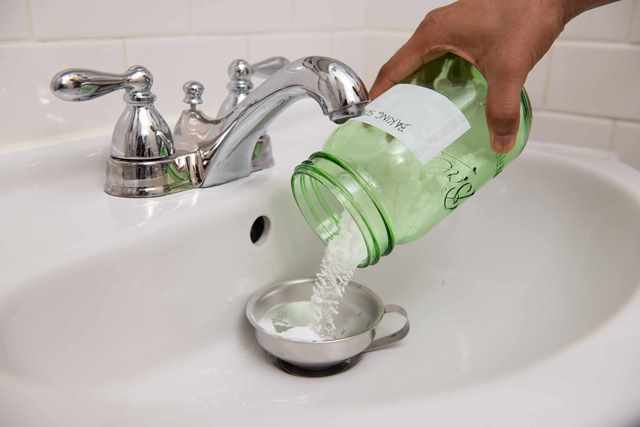Learning the Art of Do-It-Yourself Kitchen Sink Unclogging: 5 Tips
Learning the Art of Do-It-Yourself Kitchen Sink Unclogging: 5 Tips
Blog Article
How do you really feel with regards to Repairing Common Household Plumbing Issues?

Blocked cooking area sinks are just one of one of the most usual water drainage problems house owners face. And also what's even more, it's a undesirable as well as extremely unpleasant view. Envision going to the sink to do your meals as well as finding out that the drain is blocked and water can not move down conveniently.
Most clogged up water drainages are triggered by food particles, soap, fat, and also oil bits. They block the sink and make it hard for water to drop the drain quickly. While it is alluring to put a call through to the plumbings, there are a few DIY hacks you might try first before making that call.
In this post, we will be looking at five straightforward actions you can require to free your kitchen area sink from clogs and conserve you from the discomfort and also embarrassment of dealing with a blocked kitchen sink.
1. Usage Boiling Water
When confronted with a blocked sink, the first thing you ought to attempt is to put boiling thin down the drain. That has to do with the most uncomplicated remedy to clogged up sinks and also drainages. Boiling water aids counteract the fragments and debris causing the clog, especially if it's oil, soap, or oil bits, as well as in a lot of cases, it can flush it all down, and your sink will certainly be back to typical.
Do not attempt this method if you have plastic pipelines (PVC) because warm water might melt the lines as well as trigger even more damage. You may desire to stick to using a bettor to get debris out if you use plastic pipes.
Using this technique, switch on the faucet to see just how water flows after pouring warm water down the tubes. If the blockage lingers, try the process again. The obstruction could be extra persistent in some situations as well as call for even more than simply boiling water.
2. Maybe it's the Garbage Disposal
In lots of instances, the blockage might be due to a blockage in the disposal. Use pliers instead.
If this does not work, you can check out the complying with option to unclog your kitchen area sink.
3. Try a Plunger
You can try utilizing a plunger if the problem is not from the rubbish disposal. Plungers are basic home tools for this occasion, and also they can come in handy if you utilize them correctly. A flat-bottomed bettor is most appropriate for this, however you can use what you have is a bathroom plunger.
Adhere to the list below straightforward steps to make use of the plunger effectively:
Secure the drain with a cloth and load the sink with some hot water
Place the bettor in position over the drain as well as start diving
Check to see if the water runs openly after a couple of dives
Repeat the process up until the water drainage is complimentary
4. Baking Soda and Vinegar
Rather than making use of any type of type of chemicals or bleach, this method is safer and also not dangerous to you or your sink. Baking soda and vinegar are day-to-day home products used for numerous various other things, as well as they can do the technique to your kitchen area sink.
Firstly, remove any type of water that is left in the sink with a mug.
Then put a good amount of baking soda away.
Pour in one mug of vinegar.
Seal the drainage opening as well as enable it to settle for some minutes.
Pour hot water away to disappear various other stubborn deposit and also particles.
Following this basic method might do the trick, and you can have your kitchen area sink back. Repeat the procedure as much as you regard essential to free the sink of this particles totally.
5. Use a Hanger
Making use of a cord towel hanger or a plumber's snake if you have one can do the technique. All you require do is straighten out the wall mount to go down the drainpipe while you very carefully pick out the fragments creating the blockage.
Run hot water down the tubes hereafter to see how successful you were.
Final Words
Trying these couple of techniques could save you the expenditures of having a plumber examine it. However in many cases, a plumber is what we need. In cases where you find it hard to unblock the sink even after trying all these methods, it might be time to leave it to the experts.
Contact expert plumbing business to fix your drainage problems and various other various house plumbing requirements.
Clogged kitchen sinks are one of the most common drainage concerns home owners face. Imagine going to the sink to do your dishes and discovering out that the drainpipe is obstructed and also water can not flow down conveniently.
They clog the sink as well as make it hard for water to go down the drain swiftly. When faced with a blocked sink, the very first thing you need to attempt is to put boiling water down the drain. Boiling water aids reduce the effects of the particles and debris causing the clog, particularly if it's grease, oil, or soap particles, and in several situations, it can purge it all down, as well as your sink will certainly be back to typical.
How to Unclog a Kitchen Sink
Take the Plunge
Start your efforts by plunging. Use a plunger with a large rubber bell and a sturdy handle. Before getting to work on the drain, clamp the drain line to the dishwasher. If you don t close the line, plunging could force dirty water into the dishwasher.
Fill the sink with several inches of water. This ensures a good seal over the drain.
If you have a double sink, plug the other drain with a wet rag or strainer.
Insert the plunger at an angle, making sure water, not air, fills the bell.
Plunge forcefully several times. Pop off the plunger.
Repeat plunging and popping several times until the water drains.Clean the Trap
The P-trap is the curved pipe under the sink. The trap arm is the straight pipe that attaches to the P-trap and runs to the drain stub-out on the wall. Grease and debris can block this section of pipe. Here s how to unclog a kitchen sink by cleaning out the trap:
Remove as much standing water from the sink as possible.
Place a bucket under the pipe to catch the water as it drains.
Unscrew the slip nuts at both ends of the P-trap. Use slip-joint pliers and work carefully to avoid damaging the pipes or fasteners.
If you find a clog, remove it. Reassemble the trap.
If the P-trap isn t clogged, remove the trap arm and look for clogs there. Run the tip of a screwdriver into the drain stub-out to fetch nearby gunk.Spin the Auger
With the trap disassembled, you re ready to crank the auger down the drain line.
Pull a 12-inch length of cable from the auger and tighten the setscrew.
Insert the auger into the drain line, easing it into the pipe.
Feed the cable into the line until you feel an obstruction. Pull out more cable if you need to.
If you come to a clog, crank and push the cable until you feel it break through. The cable will lose tension when this happens.
Crank counterclockwise to pull out the cable, catching the grime and debris with a rag as the cable retracts.

I am very fascinated by Do It Yourself Plumbing Solutions and I'm hoping you liked the new piece. So long as you liked our blog posting plz make sure you remember to share it. Thanks for your time invested reading it.
Superior service awaits. Report this page